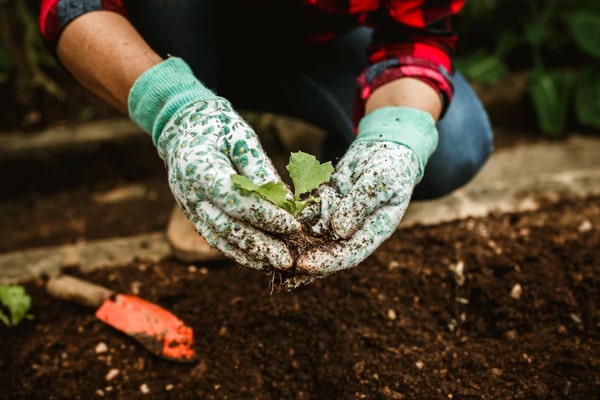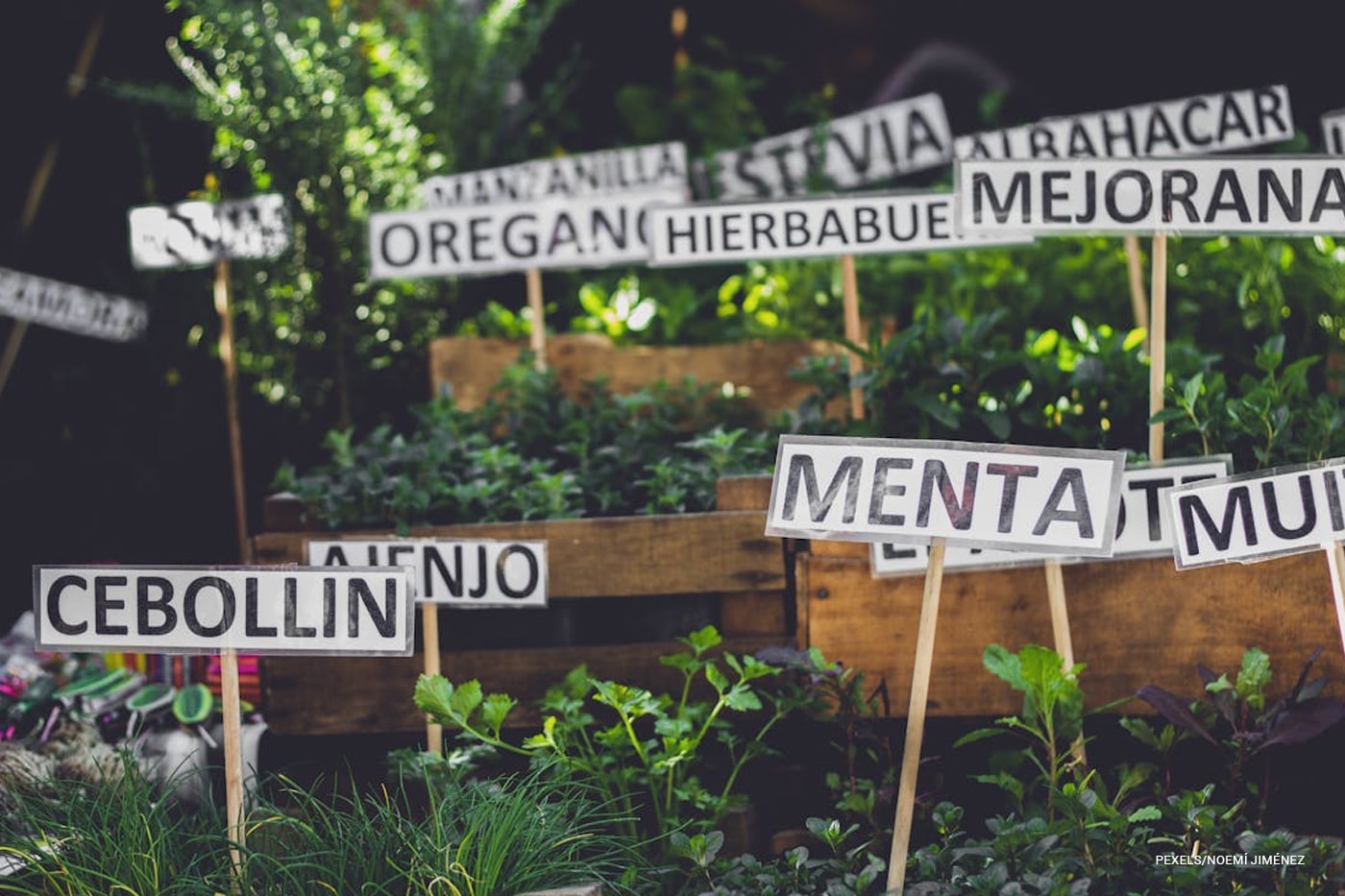In a world that often feels chaotic, finding pockets of calm and moments of self-care is more crucial than ever. While therapy, mindfulness, and exercise all play vital roles, there’s a powerful, tangible, and deeply rewarding practice that can nourish your soul right from your backyard (or windowsill): growing herbs for an emotional support garden.
This isn’t just about cultivating plants; it’s about cultivating well-being. Imagine stepping outside and being greeted by the fragrant embrace of lavender, the invigorating scent of peppermint, or the comforting aroma of chamomile. These aren’t just pretty faces; many herbs have been used for centuries for their calming, uplifting, and restorative properties.
Contents []
Why Growing Herbs is Your Secret Weapon for Emotional Well-being
Growing herbs offers a multi-sensory, holistic approach to emotional support:
- Mindful Engagement: The act of planting, watering, pruning, and harvesting forces you to slow down, be present, and connect with nature. This mindful engagement is a powerful antidote to stress and anxiety.
- Aromatherapy on Demand: Many herbs release their therapeutic aromas just by brushing against them or by the warmth of the sun. These natural essential oils can directly impact your mood and nervous system.
- Herbal Remedies at Your Fingertips: From calming teas to soothing balms, having fresh herbs readily available means you can create natural remedies tailored to your needs.
- Sense of Accomplishment & Nurturing: Watching something you’ve cared for flourish brings immense satisfaction and a sense of purpose. It’s a gentle reminder of your ability to nurture and create beauty.
- Connection to Nature: Reconnecting with the earth, even in a small way, has profound benefits for mental health, reducing feelings of isolation and promoting grounding.
Your Essential Guide to Growing Herbs for Emotional Support
Ready to dig in? Here’s how to start growing herbs for your very own sanctuary:
1. Start Simple: Choose Your Powerhouse Herbs

You don’t need a sprawling garden to begin. Many emotional support herbs thrive in pots, making them perfect for balconies, patios, or even sunny windowsills.
-
Lavender (Lavandula angustifolia): The undisputed champion of calm. Its iconic scent is renowned for reducing anxiety, promoting relaxation, and aiding sleep.
- Growing Tip: Loves full sun and well-drained soil. Don’t overwater!
-
Chamomile (Matricaria recutita): Gentle and comforting, chamomile flowers make a beautiful, soothing tea perfect for unwinding.
- Growing Tip: Prefers full sun to partial shade and consistent moisture.
-
Lemon Balm (Melissa officinalis): A cheerful herb with a bright, uplifting lemony scent. Known for easing stress, improving mood, and aiding digestion.
- Growing Tip: Thrives in partial shade to full sun and moist soil. Can spread, so consider a pot.
-
Peppermint (Mentha piperita): Invigorating and clarifying. Great for boosting focus, alleviating headaches, and soothing upset stomachs.
- Growing Tip: Extremely easy to grow, but very vigorous! Best contained in a pot to prevent it from taking over.
-
Rosemary (Rosmarinus officinalis): Aromatic and stimulating. Historically associated with memory and mental clarity, it’s also uplifting.
- Growing Tip: Needs full sun and well-drained soil. Tolerant of drier conditions once established.
-
Holy Basil (Tulsi) (Ocimum sanctum): An adaptogen revered in Ayurvedic medicine for its ability to help the body adapt to stress and promote mental balance.
- Growing Tip: Loves warmth and full sun. Treat like a basil plant.
2. Location, Location, Location!
Most herbs prefer at least 6 hours of direct sunlight per day. Choose a spot that gets ample sun, whether it’s outdoors or a sunny window indoors. Good air circulation is also key to prevent fungal issues.
3. Soil Matters: Give Your Herbs a Good Foundation

Use a high-quality potting mix that drains well. Herbs generally don’t like “wet feet.” For garden beds, amend heavy clay soils with compost to improve drainage and fertility.
4. The Art of Watering (and Not Overwatering)
This is where many new gardeners go wrong! Feel the soil. If the top inch or two is dry, it’s time to water. Water deeply until it drains from the bottom of the pot. Avoid frequent, shallow watering, which can lead to weak root systems.
5. Feed Your Friends (Sparingly)
Herbs generally aren’t heavy feeders. Too much fertilizer can reduce their aromatic potency. A balanced liquid fertilizer diluted to half strength once a month during the growing season is usually sufficient, or simply enrich your soil with compost.
6. Prune for Prosperity (and Potency!)
Regular pruning encourages bushier growth and prevents herbs from becoming leggy. For most herbs, pinch back the top few inches of growth regularly. For flowering herbs like lavender and chamomile, harvesting the blooms for tea or sachets encourages more flowers.
7. Harvest with Intention
The best time to harvest most herbs for their aromatic oils is in the morning after the dew has dried, but before the full heat of the sun. Use sharp scissors or snips to prevent damaging the plant.
Beyond the Garden: Utilizing Your Herbal Harvest

Once you’re successfully growing herbs, the real magic begins!
- Soothing Teas: Fresh or dried chamomile, lemon balm, holy basil, and peppermint make incredibly comforting infusions.
- Aromatic Sachets & Eye Pillows: Fill small cloth bags with dried lavender or chamomile to place under your pillow or over your eyes for relaxation.
- Herbal Baths: Add a handful of fresh lavender, rosemary, or peppermint to a warm bath for a truly therapeutic soak.
- Culinary Creations: Many of these herbs (rosemary, mint, holy basil) are also delicious in cooking, adding flavor and health benefits to your meals.
- Simply Breathe: The simplest use? Just step outside, close your eyes, and inhale the calming scents of your garden.
Bloom Your Inner Peace: Growing Herbs for Your Emotional Support Garden
Growing herbs for an emotional support garden is more than a hobby; it’s an act of radical self-care. It’s about nurturing life, connecting with nature, and creating a tangible space for peace and healing in your own home. You don’t need a green thumb, just a willingness to learn and a desire to cultivate a calmer, more joyful you. Start small, be patient, and watch as your garden—and your inner peace—blossoms.



